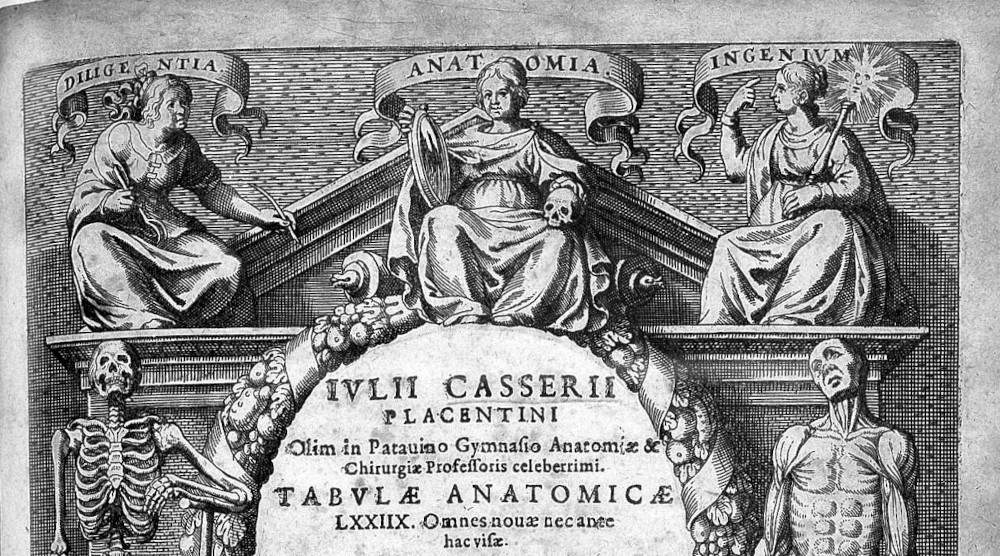From the collaboration between the Museo Galileo and theUniversity of Italian Switzerland comes the Anatomical Library, a new open access digital thematic collection. Thus begins the project La civiltà dell’anatomia: il genere delle Anatomie letterarie nell’Italia del Seicento (The Civilization of Anatomy: the Genre of Literary Anatomies in Seventeenth-Century Italy), developed by a research team from theInstitute of Italian Studies-ISI in partnership with Museo Galileo.
Supported by the Swiss National Science Foundation, the project involves the study of the relationship between medical knowledge and humanistic culture in the early modern age, with reference to the modeling effects of anatomy on all forms of knowledge and the arts of the time. The diffusion of the anatomical method and gaze is due in particular to the Academies, in which physicians, men of letters, and artists converged and confronted each other between the sixteenth and seventeenth centuries. The fortune of anatomy in that era is documented by the"anatomies," a series of unified and varied texts that will be published for free access in the Museo Galileo’s Anatomical Library.
“The project has matured in the context of collaborations already operating in our Institute,” said Stefano Prandi, project member and Director of ISI (Faculty of Communication, Culture and Society, University of Lugano in Switzerland), “and reflects that interdisciplinary vocation at the basis of our plural and open conception of Italian civilization, where by tradition the arts and different forms of knowledge dialogue. We are therefore pleased to cooperate with the prestigious institution of the Museo Galileo in Florence, which will publish, among its open-access collections, texts that are the primary document of a research at the confluence of literature, history of medical thought, visual arts and history of language.”
“First and foremost, the project allows for a better understanding of how medicine influenced sixteenth- and seventeenth-century culture,” added Dean of the Faculty of Communication, Culture and Society, Luca M. Visconti. “This understanding connects us with our contemporary times, in which the pandemic has seen the emergence of a biomedical model of managing society. This confirms that any research, even if directed at reconstructing the past, must and can question us about the present. The second merit of the project concerns its ability to execute the ’third mandate’ of our faculty, which is to share and disseminate our research outside the academic environment. The partnership with the Museo Galileo, and its open access policy, thus ensure a wide circulation of the fruits of the work that will be carried out over the next four years.”
“The relationship between science, letters, the arts and philosophy has not only been one of the hallmarks of modernity, but also represents one of the essential tools for designing the future, starting with schools, where initiatives such as this could also represent a model for stimulating and instructive educational paths,” concluded Marco Ciardi, scientific director of the Museo Galileo and full professor of History of Science at the Department of Letters and Philosophy at the University of Florence.
Image: Giulio Casseri, Tabulae anatomicae, Frankfurt 1632 (frontispiece).
 |
| Anatomical Library is born: the Museo Galileo collaborates with the University of Italian Switzerland |
Warning: the translation into English of the original Italian article was created using automatic tools. We undertake to review all articles, but we do not guarantee the total absence of inaccuracies in the translation due to the program. You can find the original by clicking on the ITA button. If you find any mistake,please contact us.